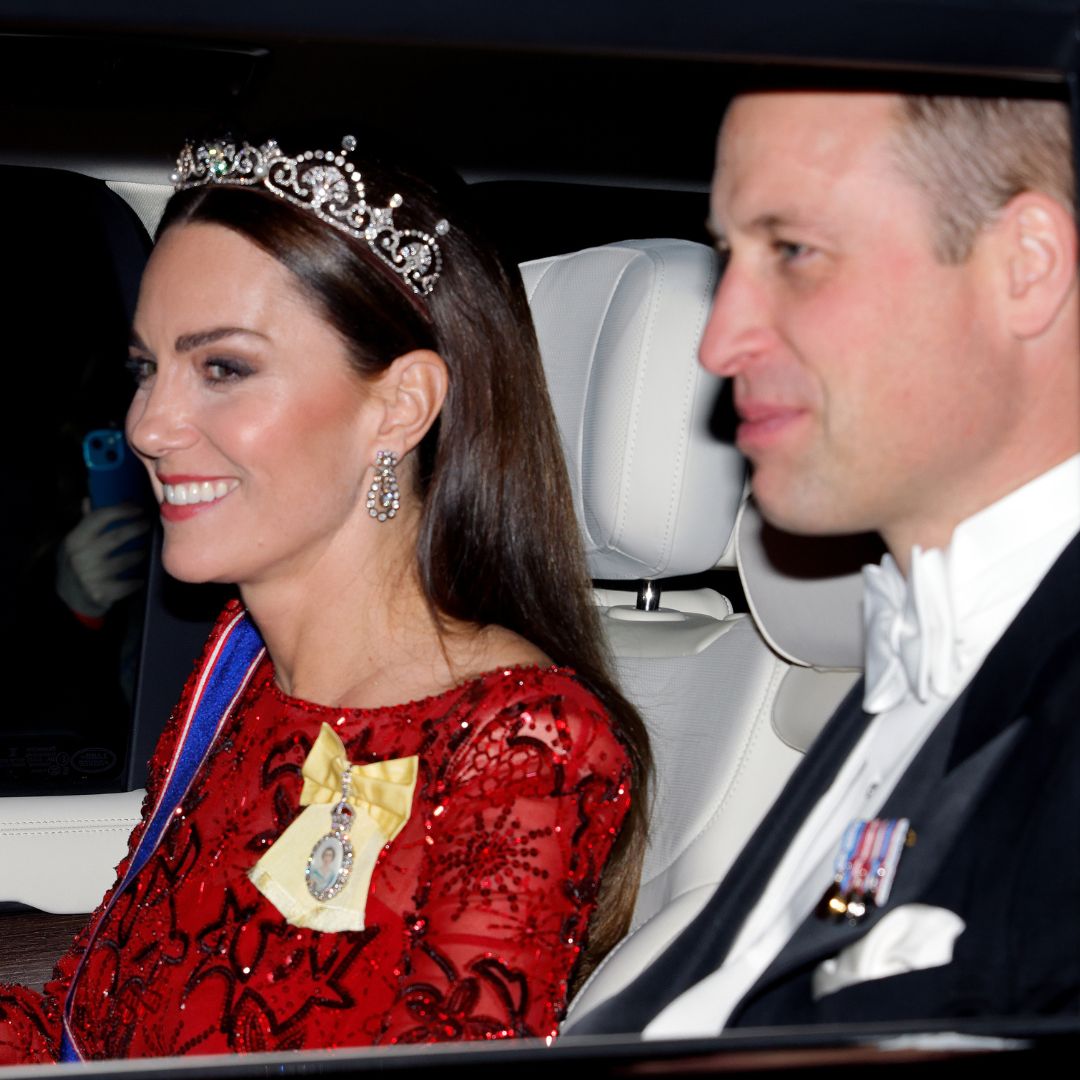Sorry, fitness watch - this handy trick has finally helped me enjoy cardio without tracking
Ever heard of this one before?
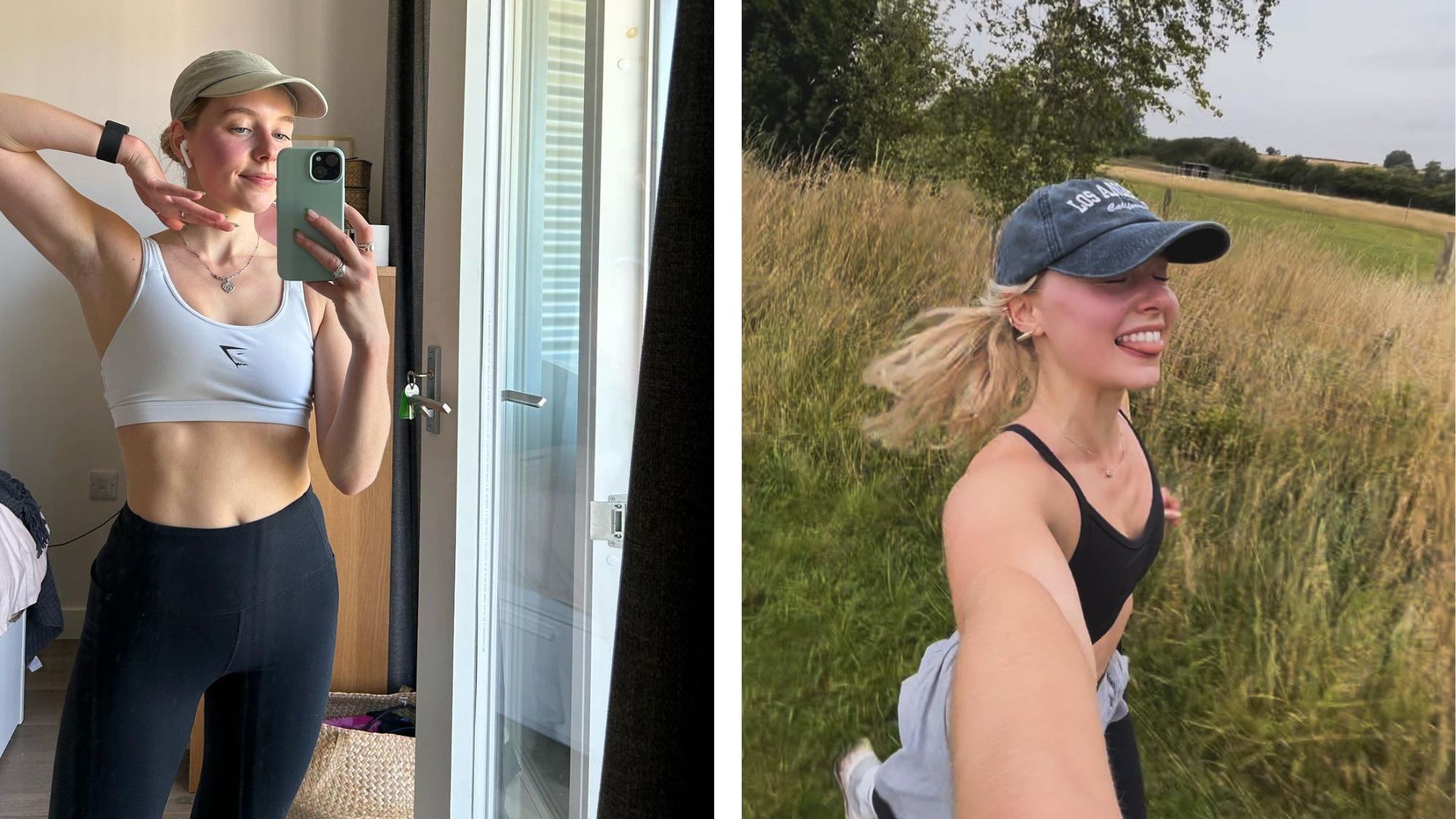

One of the best things about running is seeing your hard work displayed on your fitness watch straight after, right? At least, that's what I used to think before I found RPE training.
Never heard of it? Unlike with lifting weights, where you might just track your heart rate and calories burned (neither of which necessarily indicate a good workout, FYI), there's so much information you can break down about your run when using wearables. You can see your distance, pace and splits (aka, how fast you ran each kilometre - and whether you got slower or faster throughout the run) as well as your physical stats like heart rate zones.
This data can be really valuable - and as a Health and Fitness Editor training for their first half marathon, I never thought I could get through my runs without digital tracking. But recently, I've taken off my watch and found a new, analogue way of tracking my runs: rate of perceived exertion (RPE) run training.
For more on what exactly that means (spoiler alert: it's essentially mindful running that encourages you to take stock of how you're feeling throughout your workout), keep scrolling.
New to cardio? These running tips for beginners might come in handy, as well as our guides to strength training for running, how to run faster, and how to run for longer.
RPE training has helped me to enjoy cardio without tracking - your guide
What is RPE training?
RPE run training means relying on your own perceived levels of tiredness as an indicator of how you're doing. "It is a subjective measure of how hard an individual perceives their exercise or workout to be," explains personal trainer Josh Davies.
You normally rate your run on a scale of zero to ten, "with zero being no exertion (aka, resting) and ten being maximal effort (aka you literally can’t push yourself anymore)," says Davies. It's based on the traditional Borg scale of exertion, which involves a rating from six to 20, modified for a more intuitive scale of explanation, he continues.
Marie Claire Newsletter
Celebrity news, beauty, fashion advice, and fascinating features, delivered straight to your inbox!
There's science to show that relying on RPE is an effective way to train, too. A Biology of Sport study that reported people worked at a similar effort whether working towards a heart rate goal or an RPE goal. The authors said that "this finding suggests that the RPE scale is a simple, inexpensive and useful tool."
What RPE should you use in running?
For any running newbies, you will likely be surprised that most of your runs should actually feel very easy. Despite how we see running portrayed (sweaty, fast sprinters) and how it can feel at the beginning (tough, impossible), most of the advice is that we should run easy 80% of the time and push ourselves for 20% of our runs. This is called peroidization and research shows that it is an effective way to improve endurance and pace without overworking: an International Journal of Sports Physiology and Performance paper reported that people who did 77% of their workouts as low-intensity, 3% as moderate-intensity and 20% as high-intensity made nearly double the pace gains as those who did 46% low, 35% moderate and 19% high intensity. In short: more low-intensity movement is a good idea.
When it comes to RPE, those "easy" runs should feel like a three to four on the scale. Another good way of ensuring the runs are easy is for them to be 'conversational' - meaning you can hold a conversation with a friend while you run.
The 20% of hard runs you do might feel like an eight to 10. These might be done in bursts, like with sprints or intervals, as it will be tough to sustain all out effort for a long time.
A post shared by Chloe Gray (@graychlo)
A photo posted by on
Is it better to do RPE run training or use a fitness tracker?
The advice about "easy" running is exactly why I ended up switching from tracking my runs to letting RPE training guide me.
My fitness tracker was constantly telling me that I was running at my maximum heart rate. During an easy-feeling 5km run, my tracker suggested I was spending over eleven minutes with my heart rate in Zone 5, the highest heart rate "zone" that is usually only reached when putting in all-out effort. But it didn't feel that way - and I'd certainly know if I had been. "In Zone 5, you won’t be able to speak and your breathing rate will be high. It would feel like you’re pretty much sprinting," says Davies.
The extreme readings suggest that my watch was broken or needed calibrating. But we also know that fitness trackers can be notoriously inaccurate: a 2022 Journal of Medical Internet Research review reported that most fitness trackers are over 30% inaccuracy when tracking energy expenditure and some devices showed a 17% inaccuracy when tracking heart rates.
Moving according to my fitness data meant that, when I was glancing at my wearable during my run, I was forcing myself to slow down. Afterwards, I was convincing myself that I was way less fit than I realised, the internal monologue convincing me that I wasn't doing enough and was a bad runner. I asked Davies what I should do. His advice was: "If you’re training for something in particular, using an RPE scale is a good way to go. Go by what your body is telling you not what a wearable is telling you. You’ll get a far better understanding of your body."
Since following that advice, I totally agree - to the point that I've ditched my fitness tracker altogether. I'm no longer glancing at tech to see if I'm going at the right speed and instead consistently asking myself: how do I feel? Often, I find that I'm able to settle into a comfortable pace for myself and enjoy the run, but sometimes I notice I'm pushing myself past the two or three RPE and I can pull myself back. It is a much more intuitive, freeing way to run.
Of course, RPE has some faults. Namely that our mood can dictate how we feel when moving. There are days that I am tired or feeling flat and I can perceive my normal pace to be way harder than usual. But I'm learning that this perception still counts - my body is telling me it is finding it hard and that in itself is a reliable indicator that I need to pull back even if, by the scientific measurements, my body can do more. The longer I train with RPE, the more I'm able to be a reliable commentator on whether something feels hard or genuinely is hard.
By this notion, Davies sees using RPE as a form of tracking itself. "By regularly monitoring your runs with RPE, you can identify what is working well for you and what may need adjustment. It can help you determine if you are consistently challenging yourself or if you need to adjust your amp your training intensity up," says Davies. And analogue tracking can be just as motivating to people as digital devices, he says. "You can track fitness stats like speed and weight lifted to monitor your progress and see improvements over a designated period of time. Seeing that can boost motivation and encourage you to stay consistent with your fitness routine and help you identify potential areas of improvement or areas of weakness where you may need to seek guidance or coaching," he adds.
People need to use whatever metrics work for them. If you feel like you have a reliable tracker that gives you interesting, motivating data then by all means use it to improve your running. But for some people, like me, training with only my own body for guidance has been totally game changing.
The running kit I swear by for RPE run training
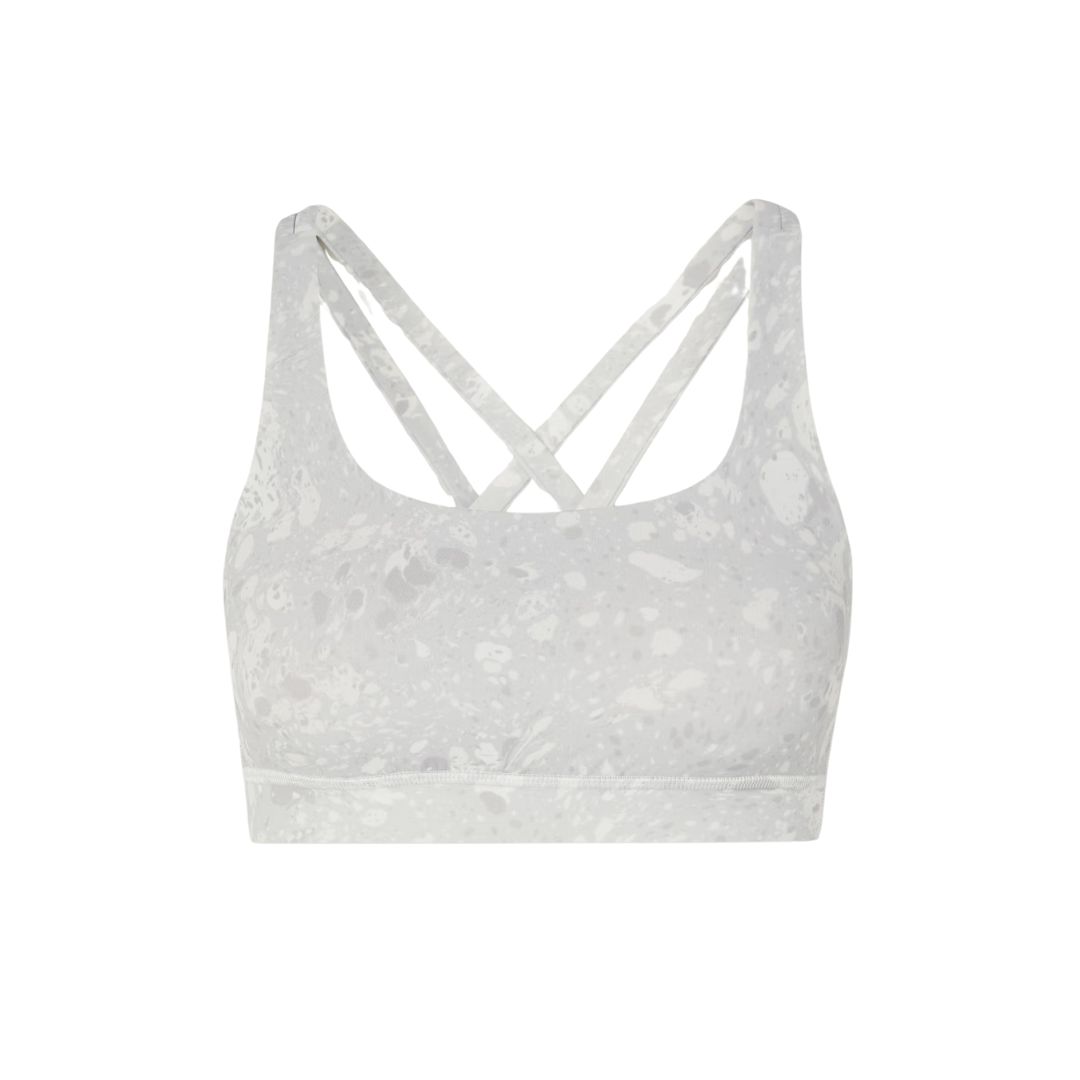
As I've been increasing my distance and pace, getting the right bra has been essential. I love this high impact version of the classic lululemon Energy Bra - I love that it has multiple adjustable straps for personalised support yet the smooth material makes it look like it's barely working.
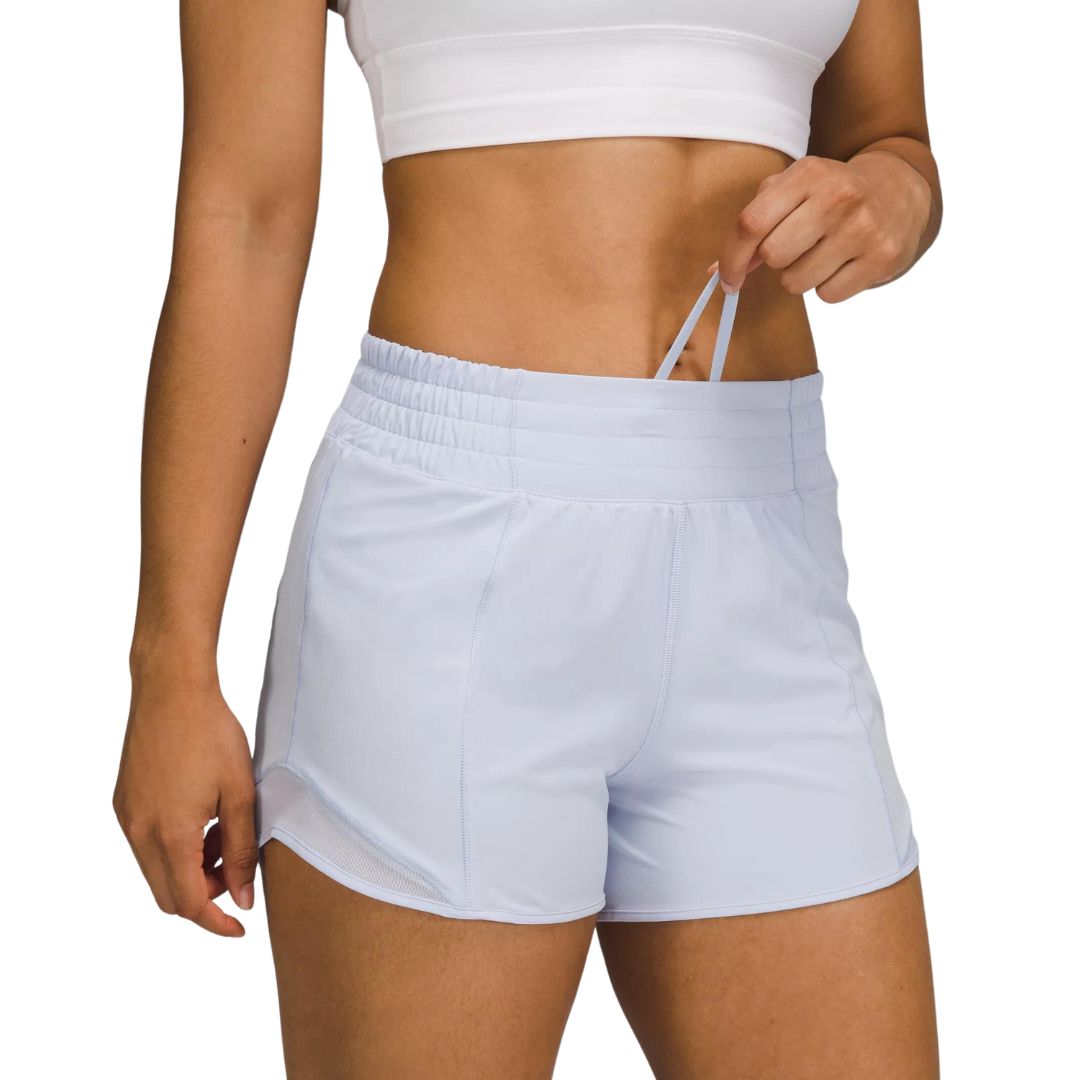
I hate running with a vest clinging to me, but I do need pockets to stash my phone, mid-run fuel and keys, so I love these deep-pocketed shorts. They are also compressive on the midsection without taking my breath away (I need a lot of that during my runs, thank you).
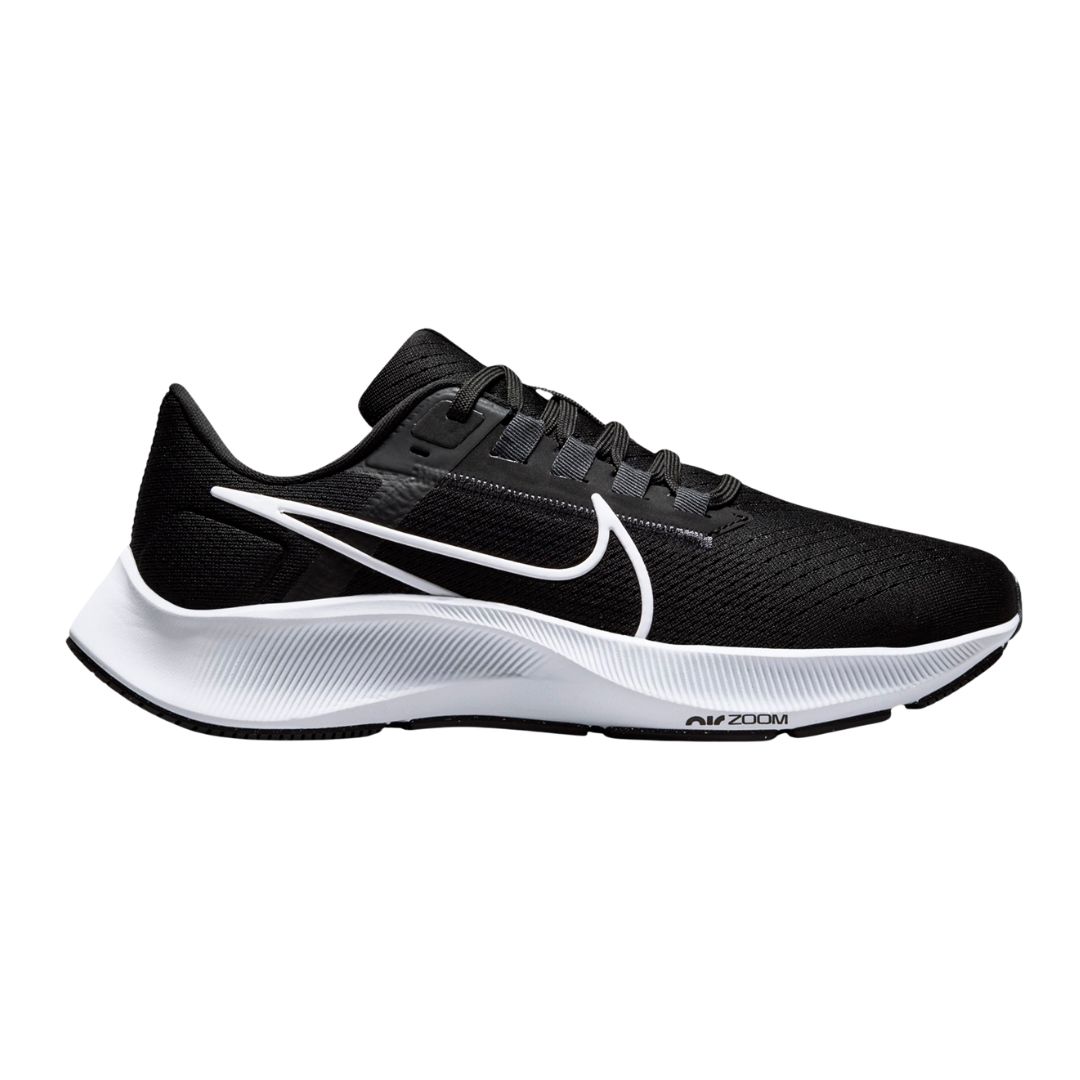
A firm favourite running trainer thanks to their responsive cushioning, the Nike's Pegasus trainers are supportive, propulsive, and comfortable to wear. Shop our edit of the best running trainers here.

Chloe Gray is a freelance journalist who writes and talks about health, fitness, and wellbeing through a feminist lens. She was part of the launch team for Stylist magazine's fitness brand, Strong Women, and has written for i news, Women's Health, Red magazine, Good Housekeeping, Refinery29, and more. She's all about building mental and physical strength, eating delicious food that fuels you well, and making the fitness industry more accessible and enjoyable. She's also a qualified fitness trainer and research nerd, so you can be sure everything you read is backed by proper science.
-
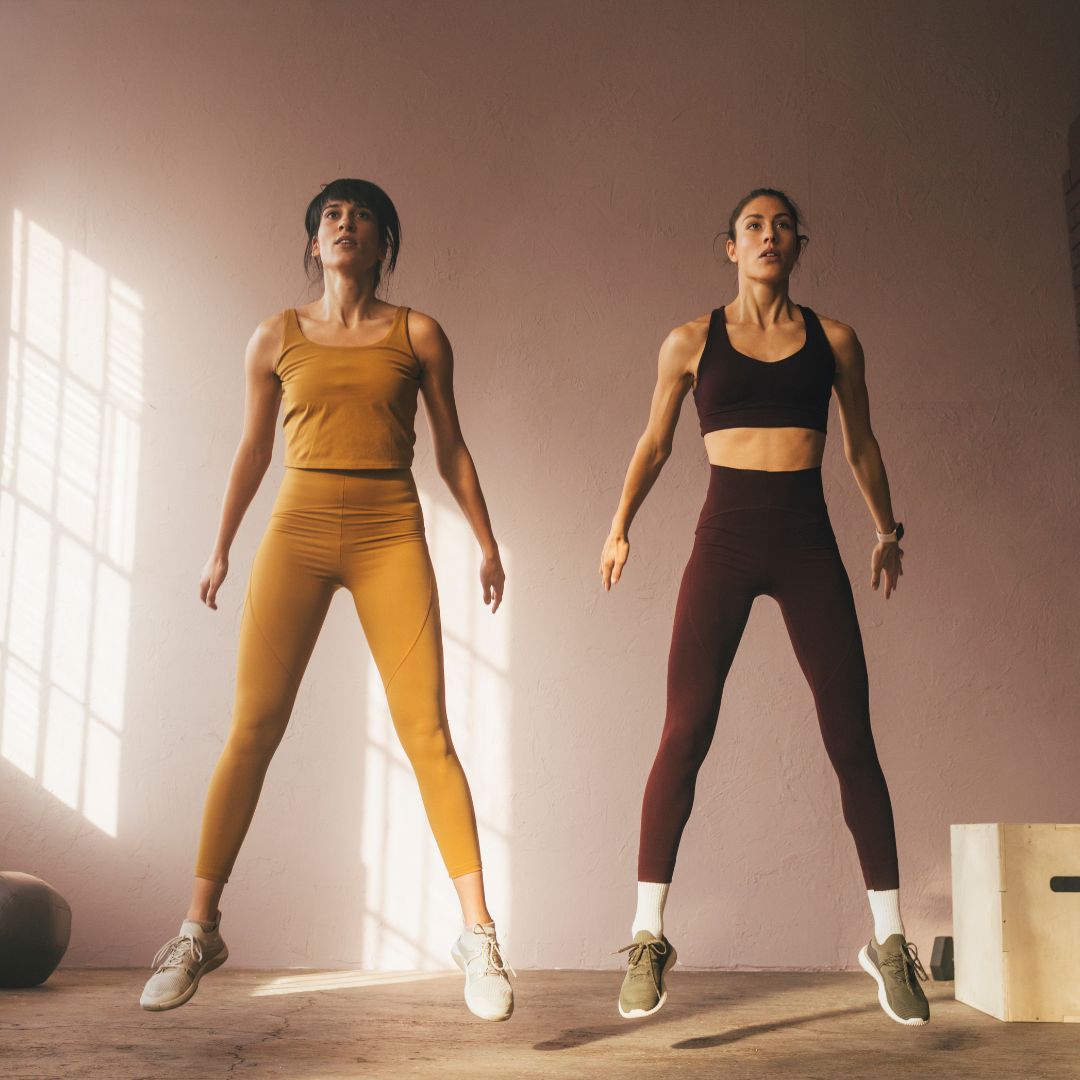 Jump training workouts are being hailed as the best longevity workout you can do - a top personal trainer shares their guide
Jump training workouts are being hailed as the best longevity workout you can do - a top personal trainer shares their guideJump to it...
By Katie Sims
-
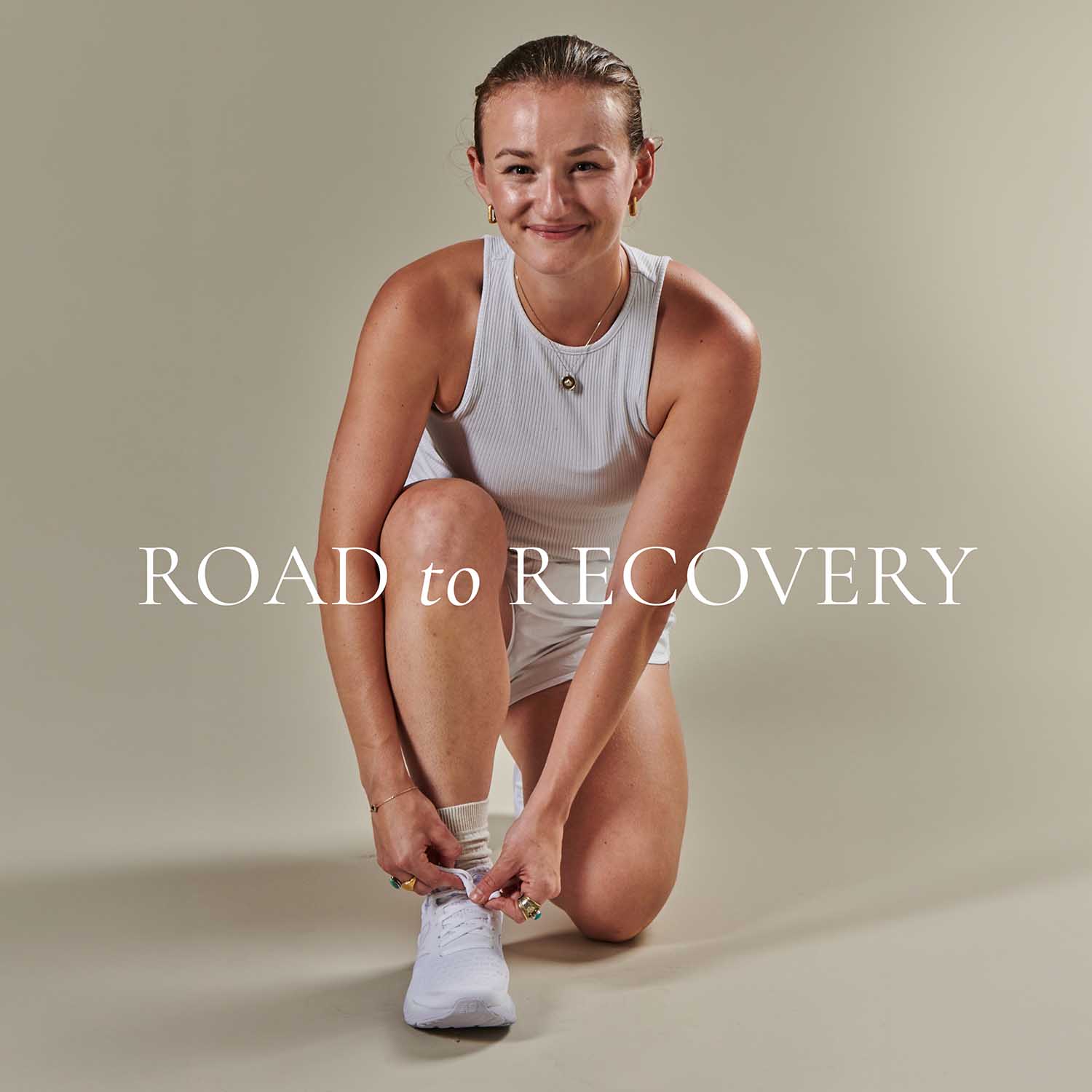 Road To Recovery: As marathon training ramps up - 5 tips for maintaining motivation, from a 9x marathon runner
Road To Recovery: As marathon training ramps up - 5 tips for maintaining motivation, from a 9x marathon runnerPlus, I share the joy of returning to running and the kit I've been loving recently.
By Ally Head
-
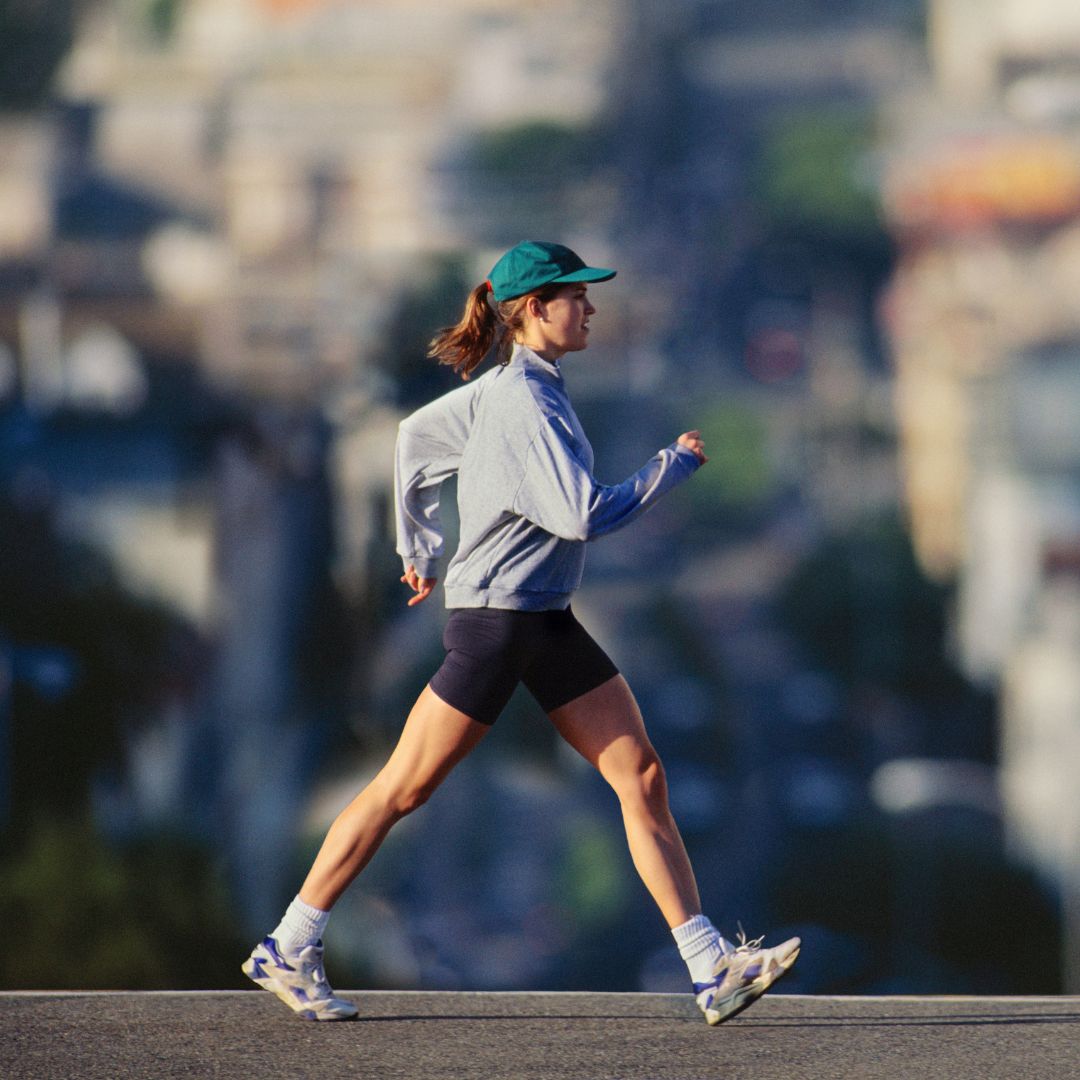 Short on time and eager to make cardio fun? These are, hands down, the best 10-minute walking workouts
Short on time and eager to make cardio fun? These are, hands down, the best 10-minute walking workoutsGet your step on.
By Katie Sims
-
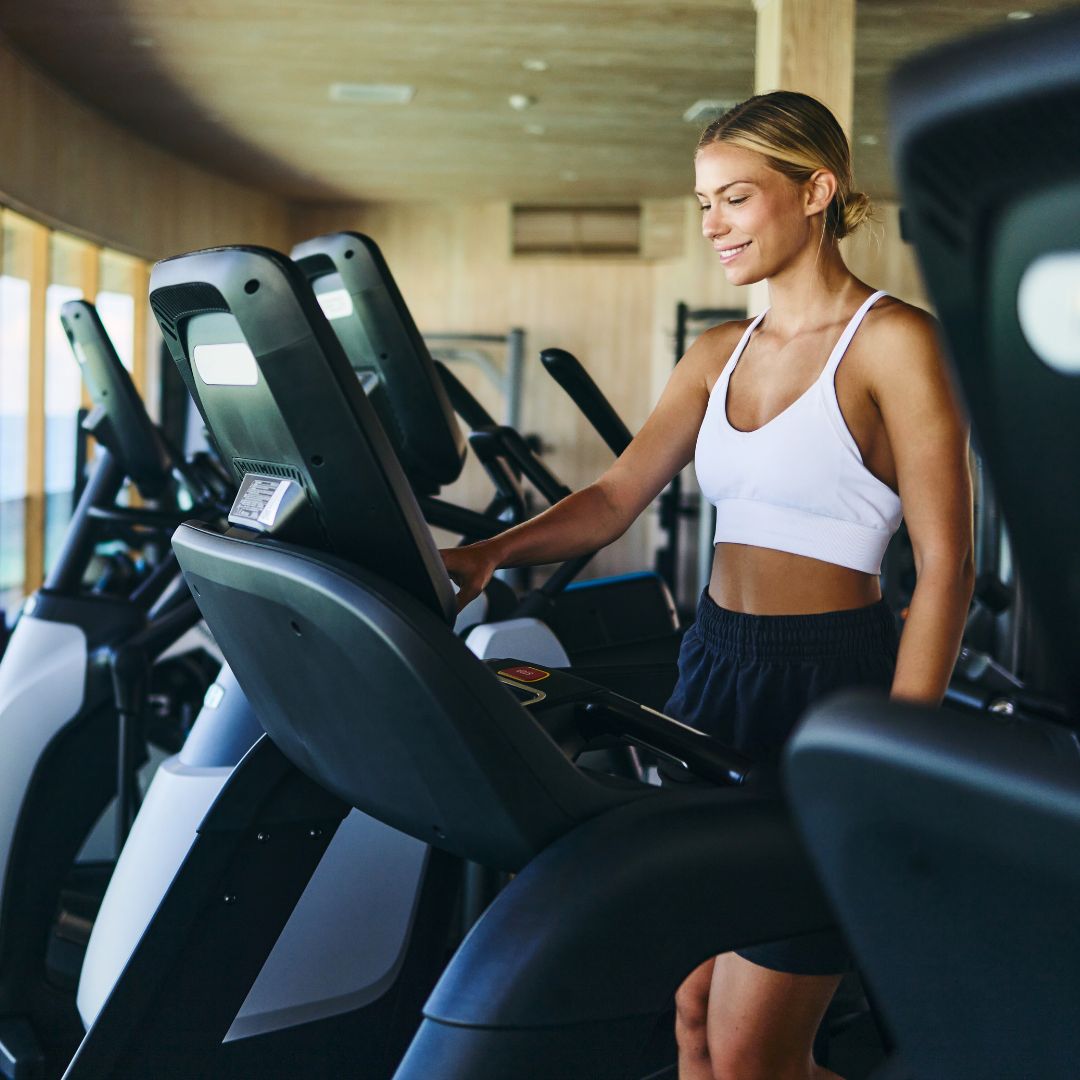 Eager to work up a sweat this spring? The internet can't get enough of Stairmaster workouts - 5 that top personal trainers swear by
Eager to work up a sweat this spring? The internet can't get enough of Stairmaster workouts - 5 that top personal trainers swear byEnter: the perfect Spring sweat session.
By Anna Bartter
-
 I tried Jennifer Aniston's 80/20 approach to wellness - and can't tell you how refreshing I've found it
I tried Jennifer Aniston's 80/20 approach to wellness - and can't tell you how refreshing I've found itIt's all about balance.
By Katie Sims
-
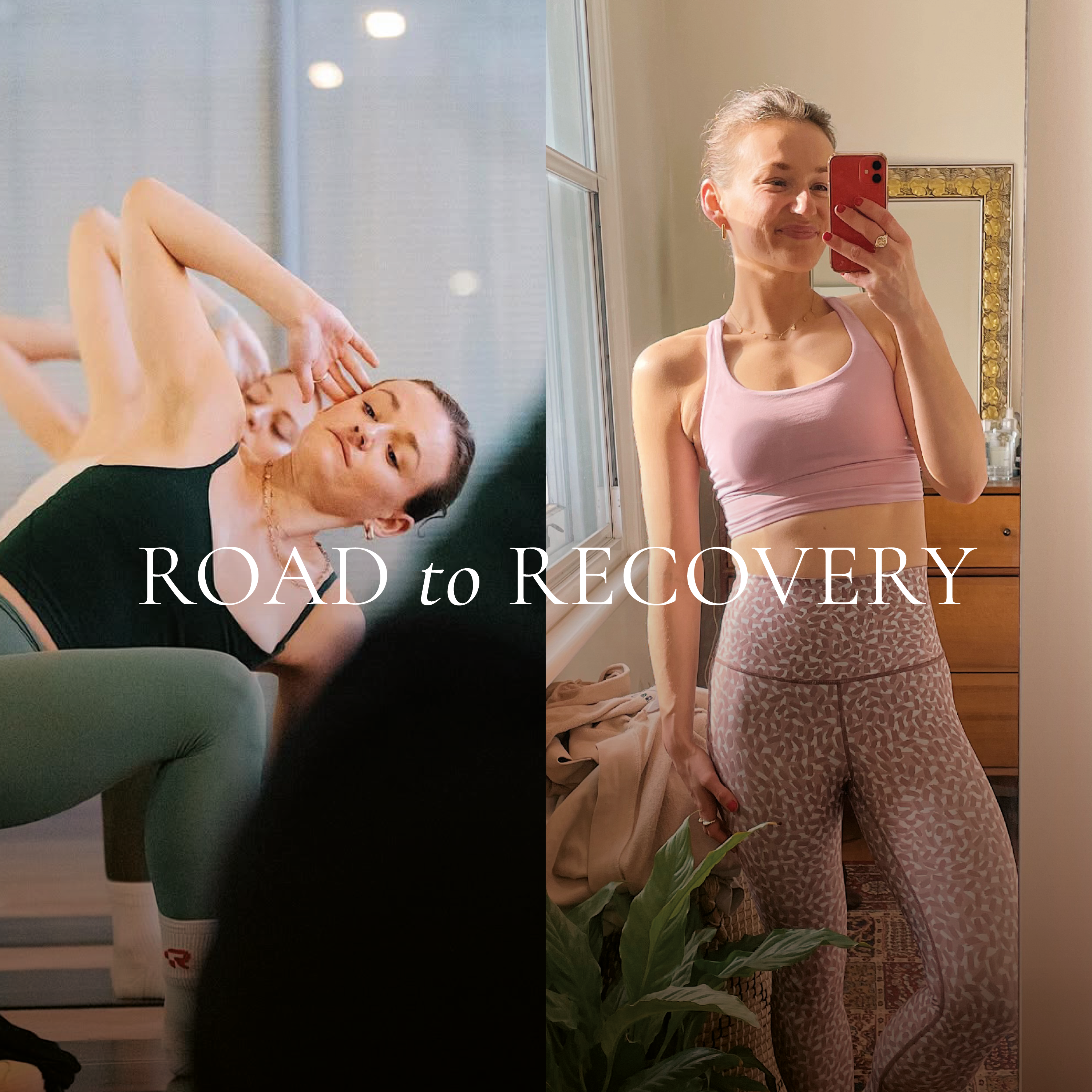 Road To Recovery: I'm a runner who currently can't run - how low impact exercise is helping me feel fitter than ever
Road To Recovery: I'm a runner who currently can't run - how low impact exercise is helping me feel fitter than everPlus, boosting my mental health tenfold, too.
By Ally Head
-
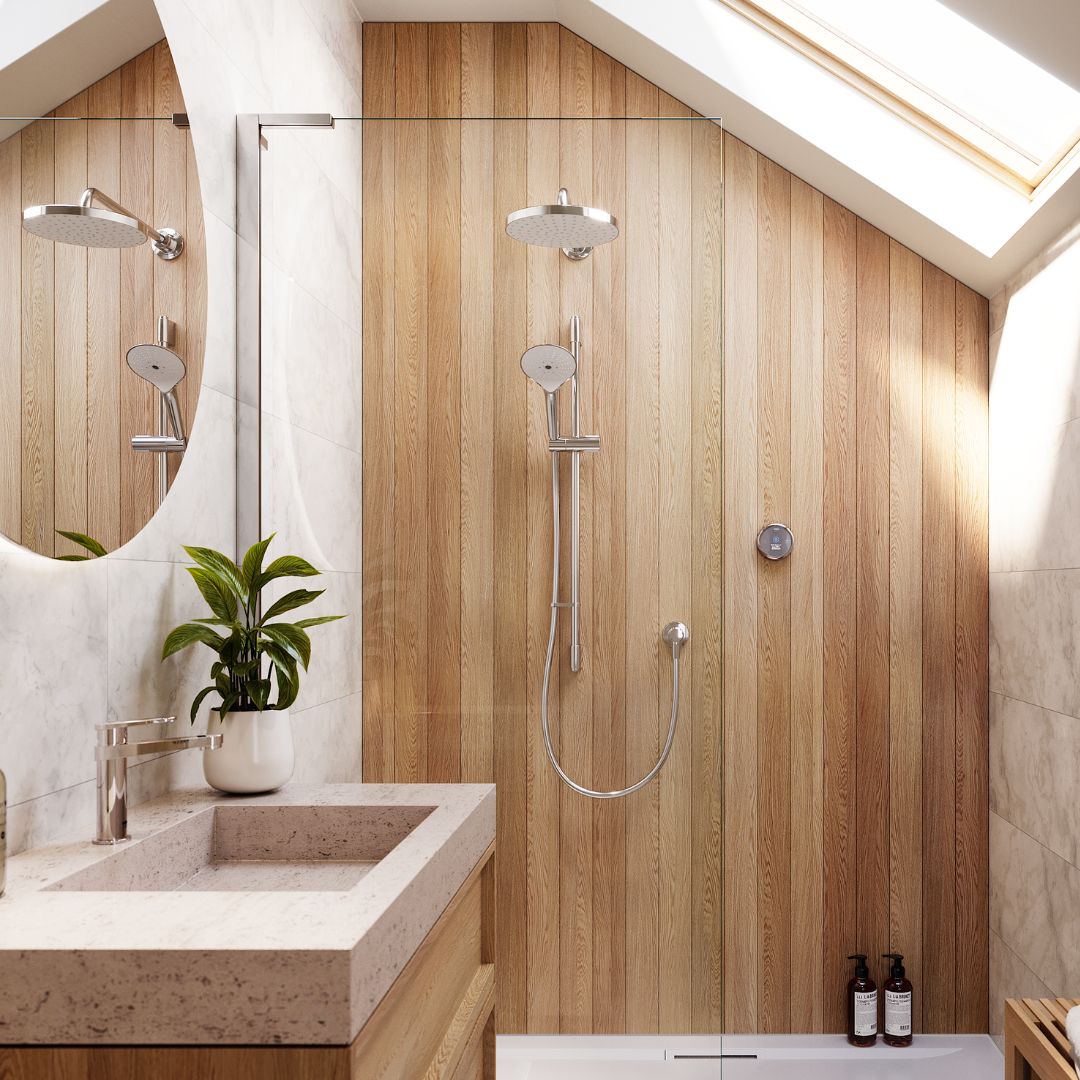 As a Health Editor who works out six times a week, here's how cold water showering transformed my post-workout routine
As a Health Editor who works out six times a week, here's how cold water showering transformed my post-workout routineMira Showers' ColdBoost technology has been a game-changer.
By Ally Head
-
 I've been stressed so tried the viral colour walk every day for a week - and am blown away by how calm I feel
I've been stressed so tried the viral colour walk every day for a week - and am blown away by how calm I feelWalking my way to zen.
By Anna Bartter


